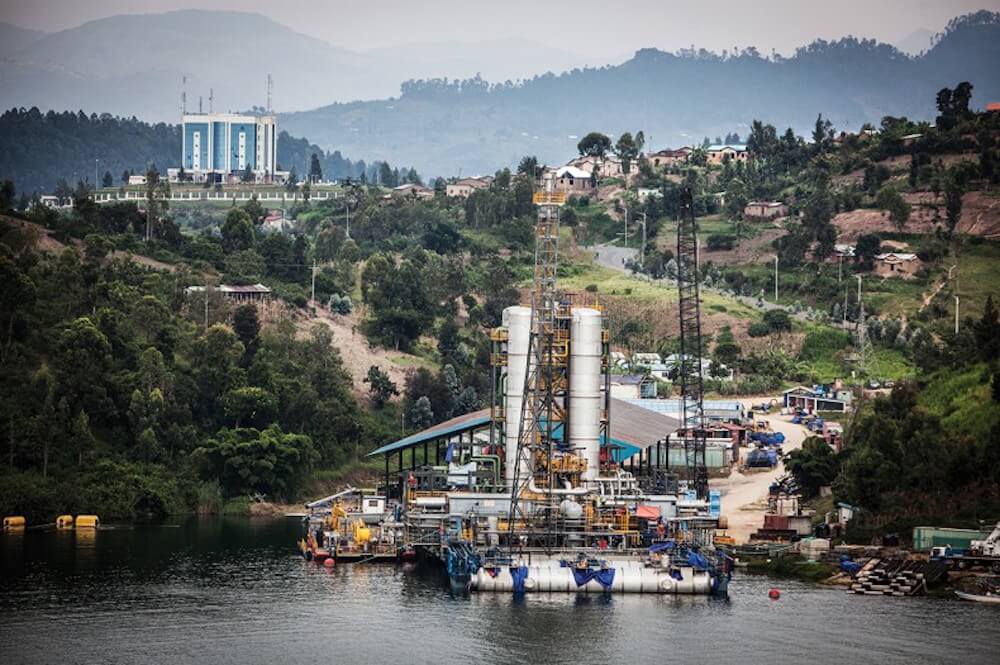- Get link
- X
- Other Apps

Lake Kivu looks no different from any other lakes: there are mountains nearby, the sun is shining, a village, and, in general, everything is very picturesque and healthy. But right under the bottom of the lake is a very large methane deposit, which can poison all the surroundings and entail many unpleasant and even terrible consequences in the event of an eruption. This happened before, in 1984, 27 people died from methane emissions, a similar tragedy that occurred in Cameroon two years later, claimed more than 1,700 lives.
The Government of Rwanda hopes to turn the poisonous and very dangerous Lake Kivu into a reliable source of energy that can benefit the people of the country. The opening of a methane-fired power plant recovered from the lake will reduce the likelihood of a repeated release of toxic gas.
The KivuWatt project started in 2014, the contractor was the American company ContourGlobal. The methane production system on Lake Kivu has a difference from conventional drilling - here it is obtained by evacuating methane and carbon dioxide directly from the lake. At the moment, the Americans are working on three more mining blocks, which they plan to install before 2019. The first power station, built by ContourGlobal in Rwanda, is located near the city of Kibue. Over the past five months, it has produced 26 megawatts, but there is still an acute shortage of electricity in the country - now only a third of the country's population has access to it.
Upon completion of the project, over 70% of Rwandans will have the opportunity to use electricity. For a poor country, a methane power plant is a godsend that will help save money, as well as reduce the percentage of traditionally used "dirty" fuel that most power plants in the country operate on.
The article is based on materials .
- Get link
- X
- Other Apps
Comments
Post a Comment